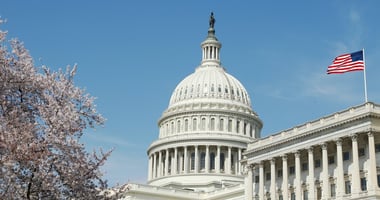Clinicians have long known that insomnia is commonly comorbid among individuals with depression. An...
Risk of Type 2 Diabetes Increased in Youth Taking Antipsychotics, Study Finds
 |
Results showed that those receiving antipsychotic therapy were three times more likely to develop type 2 diabetes than those not taking the medication. The risk increased with accumulative drug doses and remained elevated for one year after discontinuation of drug use.
Corresponding author Wayne Ray, Ph.D., noted in an interview with Psychiatric News that “these drugs are used very commonly in youth for indications other than psychosis. When considering antipsychotics outside of psychosis, such as ADHD and conduct disorders, it's important to consider alternative options…and if you must prescribe antipsychotics, aim for the lowest dosage.” Ray also suggested that it may be beneficial to monitor metabolic changes that may induce the risk of diabetes in youth receiving prolonged antipsychotic therapy.
For more information on issues related to antipsychotic drug use in young patients, see the Psychiatric News article “ Increase in Off-Label Antipsychotic Use Seen in Canadian Youth .”
(Image: wavebreakmedia/shutterstock.com)





